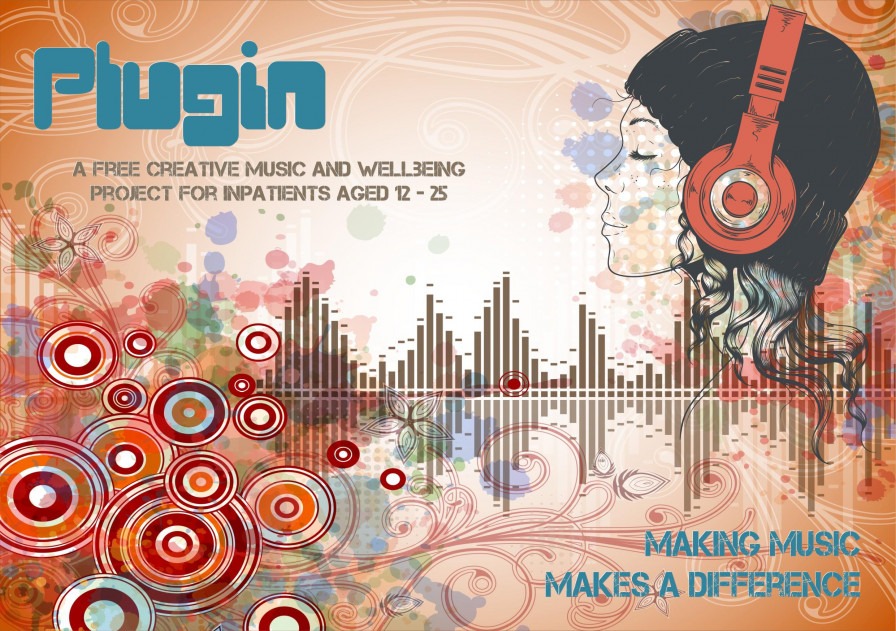How technology helps us cater towards each participants’ needs by Dan Cippico (Young Music Leader on Quench Arts’ Plugin project)

As music facilitators often working with vulnerable people, we need to be flexible in our approach to music making. A passing bit of advice by community music facilitator Dr Phil Mullen in a recent SEMHD training session I attended was to stick to the principle, not the plan when it comes to teaching vulnerable learners.
There are innumerable factors at play when we facilitate learning, most of which are often out of our control. Through training, we begin to understand our participants’ needs but the real challenges arise when you are delivering, whether that is face-to-face or over video. Music technology is one of the strongest mediums we have at our disposal to cater towards complex needs.
Music technology has immediacy and accessibility. When a new participant tentatively moves their finger across an iPad app or taps once or twice on a beatpad, there is a satisfying auditory result. They don’t yet need theory or a musical skillset, removing barriers in the session and saving precious delivery time.
We can create the environment by carefully setting up the technology beforehand to allow the participant to have control over what happens. We can let the participant explore the different beats, patterns and sounds that are at their disposal, and discover that their decisions are important to the musical result. The participant is involved, and they find that their input is valuable. There’s little risk in getting it wrong.
Ease of learning at the early stages quickly forms an emotional connection between facilitators and participants, and anyone else present in the session. Building up a trusting relationship becomes key to exploring more possibilities with the participants and expanding their skillsets and knowledge in music technology. Music facilitator James Stanley wrote a fantastic article (https://network.youthmusic.org.uk/posts/engaging-participants-little-mus...) on his experience with a participant who wanted to create his own beats to rap over and used Roli Blocks to begin the creative process.
Alongside explorative equipment and modified instruments, tablet and smartphone apps (often free) allow learners with SEND/PMLD to create music with exciting immediacy. Free online Digital Audio Workstations allow learners to create outside of lessons without the need to purchase expensive music-making technology, tackling socio-economical barriers. For participants with physical disabilities, access to larger computer monitors, touchscreens, wearable equipment, and sensor-based technology can help to provide a fulfilling musical experience.
Quench and many other educational organisations are at the forefront of using contemporary technology to cater towards the huge spectrum of needs that all learners occupy. The most exciting thought is knowing that there is so much more tech and many new methods of working we’re going to encounter in the future to continue make music making accessible to all.
